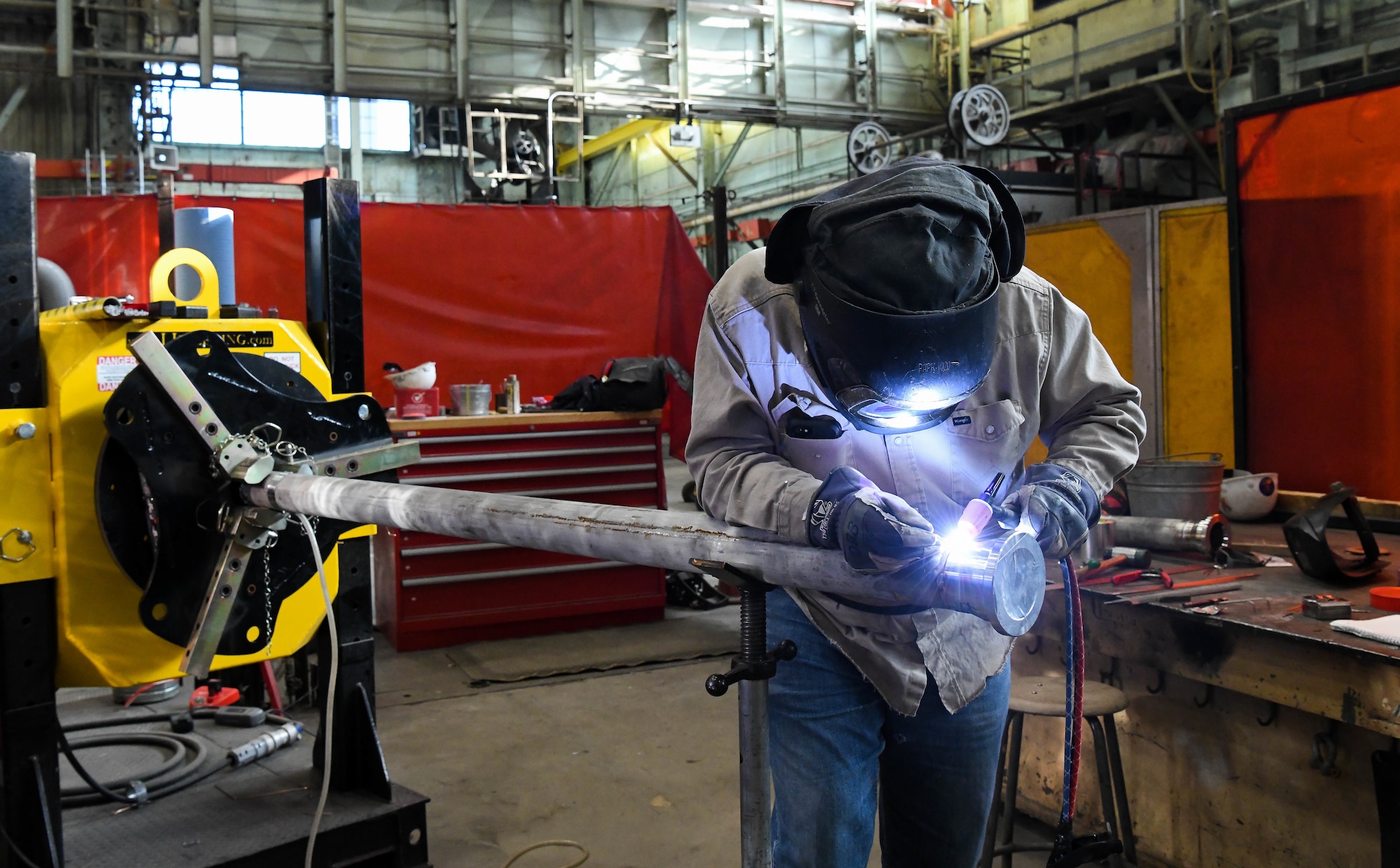Bonding WPS for Beginners: Getting Going with Welding Treatment Specs
Bonding WPS for Beginners: Getting Going with Welding Treatment Specs
Blog Article
Achieving Welding Quality: Revealing the Keys of WPS Implementation and Optimization
In the realm of welding, accomplishing excellence is a search that hinges on the precise application and optimization of Welding Treatment Specifications (WPS) By delving into the key elements, methods, challenges, and finest techniques linked with WPS, a globe of welding excellence awaits those who are eager to discover its midsts.
Significance of WPS in Welding
The Importance of Welding Treatment Specs (WPS) in the welding sector can not be overstated, functioning as the foundation for guaranteeing consistency, high quality, and security in welding procedures. A WPS offers detailed guidelines on exactly how welding is to be performed, including crucial variables such as products, welding processes, joint layout, filler steels, interpass and preheat temperatures, welding currents, voltages, travel speeds, and a lot more. By sticking to a well-defined WPS, welders can maintain harmony in their job, leading to consistent weld quality throughout different tasks.

Trick Components of WPS
Discussing the integral parts of a welding procedure spec (WPS) is vital for comprehending its duty in welding operations. One crucial aspect of a WPS is the welding procedure requirements, which lays out the certain welding procedures to be utilized, such as gas tungsten arc welding (GTAW) or shielded steel arc welding (SMAW) By including these crucial aspects into the WPS, welding procedures can be standard, ensuring quality, performance, and safety in welding procedures.
Strategies for WPS Optimization

Secondly, training and credentials of welding personnel according to the certain demands of the WPS is paramount. Providing extensive training programs and guaranteeing that welders are certified to implement treatments detailed in the WPS can result in better welds and minimized rework.
Additionally, leveraging innovation such as welding software program and surveillance systems can help in maximizing WPS. These devices can assist in tracking variables, ensuring specifications are within defined restrictions, and supplying real-time feedback to welders, allowing them to make immediate modifications for boosted weld quality.
Common Difficulties and Solutions
Encountering obstacles in applying the strategies for WPS optimization can hinder welding operations' efficiency and high quality. One usual obstacle is insufficient training or understanding of the welding treatment specs (WPS) amongst the welding team. This can bring about inappropriate execution of welds, causing flaws and remodel. To address this, detailed training programs must be executed to ensure that all welders are proficient in applying and interpreting WPS accurately.
One more challenge is check these guys out the absence of correct paperwork and record-keeping, which is essential for WPS optimization. Without clear records of welding criteria, materials used, and assessment outcomes, it ends up being challenging to determine locations for improvement and ensure consistency in welding processes. Implementing a durable documents system, such as digital welding monitoring software program, can help enhance record-keeping and promote information evaluation for constant enhancement.
Additionally, irregular welding tools calibration and upkeep can position a significant obstacle to WPS optimization. Regular equipment checks, calibration, and maintenance schedules must be adhered to strictly to make sure that welding specifications are hop over to here accurately regulated and kept within the specified resistances (welding WPS). By addressing these typical challenges with proactive solutions, welding operations can boost effectiveness, high quality, and general welding excellence
Ideal Practices for WPS Application
To make certain successful WPS implementation in welding operations, adherence to industry criteria and precise focus to information are extremely important. When starting WPS implementation, it is essential to begin by extensively recognizing the specific welding demands of the project. This requires a detailed evaluation of the welding procedure specs, materials to be bonded, and the ecological conditions in which the welding will certainly take click here for more info location.
As soon as the needs are clear, the next action is to choose the proper welding procedure that aligns with these specifications. This involves getting in touch with the relevant codes and requirements, such as those supplied by the American Welding Society (AWS) or the International Organization for Standardization (ISO), to make sure conformity and quality.
Moreover, documenting the whole WPS application process is essential for traceability and quality assurance. Comprehensive documents need to be kept pertaining to welding parameters, product prep work, interpass and preheat temperature levels, welding consumables made use of, and any deviations from the initial procedure. Normal audits and evaluations of the WPS can help determine areas for improvement and ensure continuous optimization of the welding procedure.


Final Thought
Finally, the implementation and optimization of Welding Procedure Requirements (WPS) is essential for attaining welding excellence. By recognizing the essential aspects of WPS, applying efficient strategies for optimization, addressing common challenges, and following finest practices, welders can ensure high-quality welds and safe working conditions. It is necessary for experts in the welding industry to focus on the appropriate execution of WPS to improve overall welding performance and accomplish wanted outcomes.
The Significance of Welding Treatment Specifications (WPS) in the welding industry can not be overstated, offering as the foundation for making sure consistency, high quality, and safety in welding operations. A WPS supplies comprehensive guidelines on how welding is to be lugged out, including important variables such as materials, welding processes, joint style, filler steels, interpass and preheat temperatures, welding currents, voltages, traveling rates, and a lot more. One critical facet of a WPS is the welding procedure requirements, which outlines the details welding procedures to be used, such as gas tungsten arc welding (GTAW) or secured steel arc welding (SMAW) By including these key elements right into the WPS, welding procedures can be standardized, guaranteeing quality, effectiveness, and safety in welding operations.
It is important for experts in the welding industry to prioritize the appropriate execution of WPS to boost overall welding efficiency and achieve preferred results.
Report this page